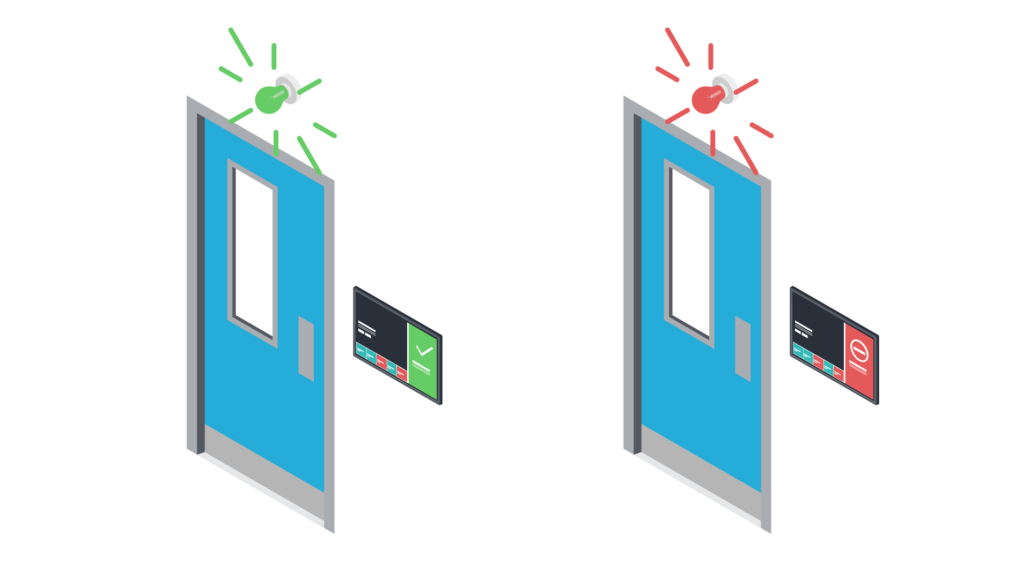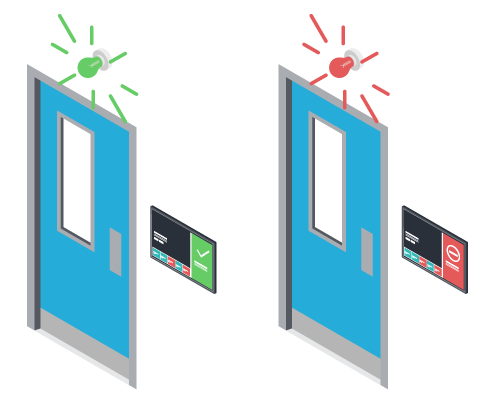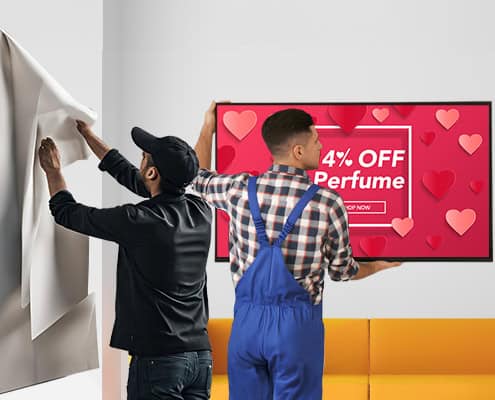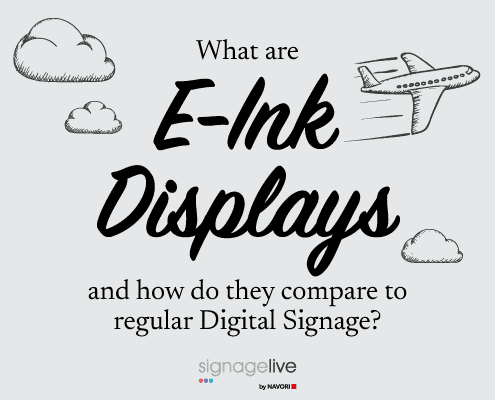USING RTE’S FOR YOUR NEXMOSPHERE LIGHTS
Key to creating the most cutting-edge Digital Signage experiences, content management systems (CMS) have taken multimedia communications to the next level, but what if they could do more? What if they could control any connected devices in the environment to offer a complete audio visual management solution, or high-impact experiential marketing campaigns to drive more business and engagement?
With Signagelive Real Time Events (RTEs), the Signagelive content management system can do all this – and more. Provided you have a compatible media player, you can use our platform for simplified external device control as well as content management.
You won’t need any specific programming knowledge or hardware.
Everything is done remotely within the Signagelive user interface as part of the CMS functionality around asset status. The commands themselves can be configured to activate at any stage of the asset playback – as an asset starts or finishes playing, or when it’s downloaded or removed.
Control any number of connected devices with a single asset
You can use one or more different protocols – RS-232, TCP and HTTP to send multiple messages in any asset within a playlist you distribute through our platform.
It’s this flexibility that makes Signagelive Real Time Events so dynamic, allowing you to use the cost-effective solution to configure anything from one to an unlimited number of devices to be controlled by a single asset.

Advanced scheduling capabilities
For yet more flexibility and scope, you can also combine RTEs with other functionality within Signagelive. The advanced scheduling capabilities enable any content, within which you send commands, to run on specific dates and/or during pre-set time-frames, or when launched by web or local triggers, or even sensors.
The built-in tag manager helps streamline the scheduling process, letting you group players together to scale out relevant content quickly by, for example, geographical area.
So what can you do with RTEs?
The answer to this question is almost anything and everything.
For pro AV professionals, it can transform the Signagelive platform into an all-in-one, turnkey LCD video wall, or direct view LED video wall control system.
Reducing the overall cost of investment, it simplifies multi-screen control, enabling users, with one configuration and from a single platform, to do everything from changing the volume and brightness to the screen source.
For a big presentation, you could, for instance, send messages within a video file to trigger a source change for some of the displays at a certain time, so you can share your laptop screen alongside the on-screen content.
For more complex projects, you could even use RTEs to move motorised screens from landscape to portrait mode and vice versa whenever the on-screen content format changes.
Corporate communications
In workplace environments, the RTE solution is equally transformative, giving organisations more opportunity to drive productive collaboration and communications. Streamlining and automating meeting room set ups, it can, for example, allow commands to be sent to lower the blinds and dim the lights as soon as any content hits the video conference screen.
It’s also possible to optimise room booking display systems, using colour-changing LED lights around the screen, so staff are able to see, at a glance, if the room is free. When the room status appears on-screen, the command for the LED lights to turn green if the room is “Available”, or red if it’s “Booked”, can be triggered.
Gamifying the workplace also becomes easier. To keep employees motivated, leadership teams have the option of scheduling content to celebrate the best-performing employees of the month.
Such playlists can be used to send commands that help maximise the employee shout-out, like, for example, by triggering celebratory music to play from wireless speakers.
Retail
For retail, Real Time Events can help bring the benefits of experiential marketing to more brick-and-mortar stores. With just a few well-placed in-store screens and a compatible media player, the whole ambience is easy to set and amplify, either to appeal to the store’s usual clientele, celebrate a special date in the calendar, or promote a new range.
If you wanted to, for instance, promote a new line of swimwear, you could immerse customers in the retail experience. This could be done by running a promotional video, which simultaneously triggers commands to turn the lighting an ocean blue colour, play beach-themed music and project seaside imagery on the surrounding walls.
In another example, to engage customers as soon as they walk through the doors of, say, a toy store, motion sensors could be used to launch promotional content. With this one pre-programmed playlist, you could promote on-screen the latest special offer on a line-up of connected dancing bots, and, at the same time, send commands for the bots to start performing in a store front showcase.
Whatever RTEs are used for in retail, Signagelive’s integrated Proof of Play functionality can help to measure the success, enabling retailers to check asset playback analytics against the latest sales figures.
Push sustainability goals and cut costs
More generally, Real Time Events can also be used to streamline operational costs as well as boost efficiency, and support organisations’ sustainability goals.
With one push of a button at the end of the working day, on-screen content can be triggered to ensure that everything from the displays, lighting and central heating to e-reception systems are switched off.
For applications, such as retail window displays, different playlists can be scheduled and the brightness level at which the screens operate pre-arranged according to the time of day.
Hospitality
Similarly, in hospitality, it’s just as viable to reduce operational costs discretely using RTE functionality. Within any scheduled asset hoteliers are able to send commands to, for instance, change the temperature of the air conditioner at night, as well as turn off any indoor connected water features and appliances in staff kitchens.
The possibilities with Real Time Events are limitless, enabling you to create and customise simplified solutions from a single, user-friendly, all-in-one CMS platform. Without having to seek out any further programming expertise, or to invest in – and then wait for – additional hardware, you can simplify, speed up and add value to projects, in which external device control could be beneficial.





You must be logged in to post a comment.